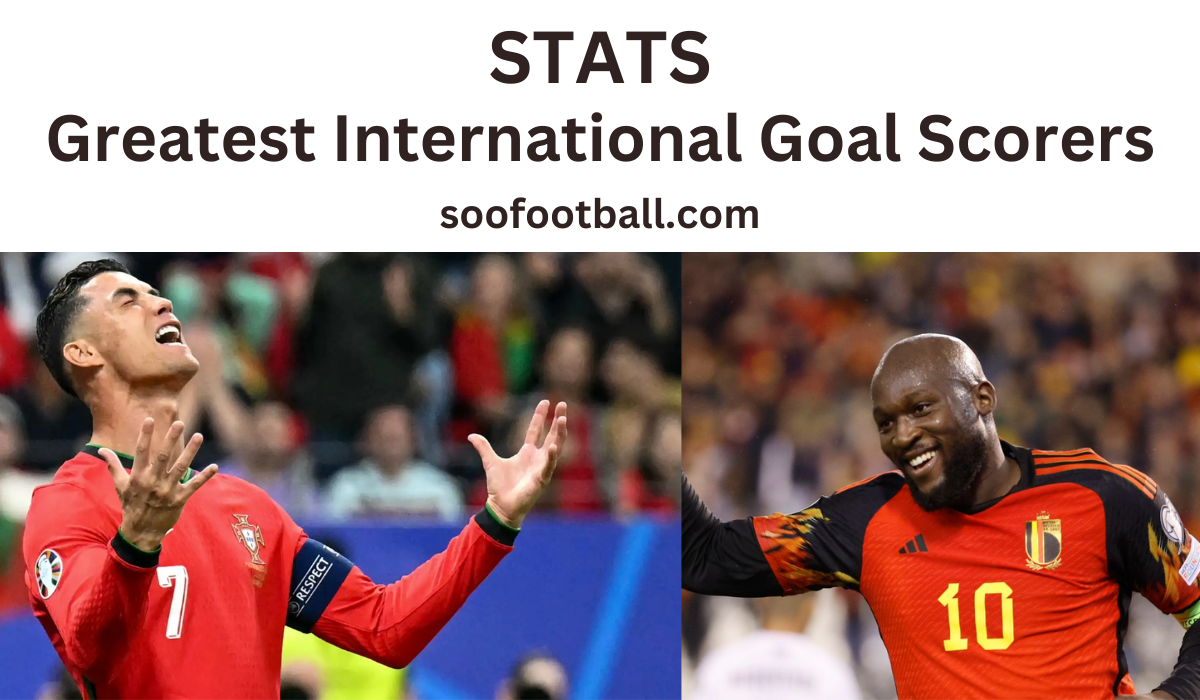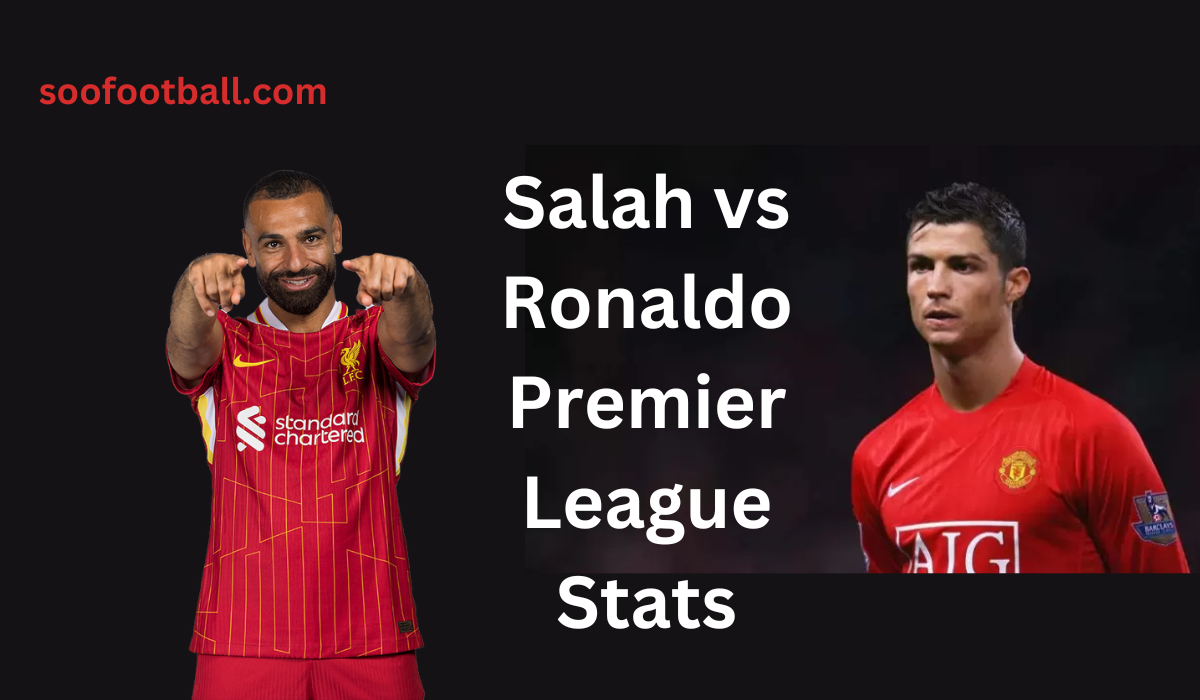In international football, scoring goals at the highest level is a mark of true greatness. The list of all-time greatest international goal scorers is not just a collection of numbers; it represents consistency, longevity, and an incredible ability to perform under pressure. Using a data-driven approach, we analyze the elite goal scorers of international football based on the latest numbers.
| Player | Country | Goals |
|---|---|---|
| Cristiano Ronaldo | Portugal | 135 |
| Lionel Messi | Argentina | 112 |
| Ali Daei | Iran | 108 |
| Sunil Chhetri | India | 95 |
| Mokhtar Dahari | Malaysia | 89 |
| Romelu Lukaku | Belgium | 86 |
Best International Goal Scorers By Goals Per Game Metric
While raw goal totals are impressive, a deeper look at the scoring efficiency of each player adds more context. A useful metric to analyze is the Goals Per Game (GPG) ratio, which measures how frequently each player scores.
To calculate this, we use the formula:
Goals Per Game = Total Goals/Total Matches Played
Based on international appearances, here’s how the top six goal scorers compare:
| Player | Country | Goals | Caps | Goals Per Game (GPG) |
|---|---|---|---|---|
| Romelu Lukaku | Belgium | 86 | 113 | 0.76 |
| Ali Daei | Iran | 108 | 149 | 0.72 |
| Cristiano Ronaldo | Portugal | 135 | 205 | 0.66 |
| Sunil Chhetri | India | 95 | 143 | 0.66 |
| Mokhtar Dahari | Malaysia | 89 | 142 | 0.63 |
| Lionel Messi | Argentina | 112 | 180 | 0.62 |
Here is what the Chart looks like based on the above numbers:

The numbers reveal some fascinating insights. Despite being the highest scorer, Ronaldo’s GPG ratio of 0.66 is lower than that of Ali Daei (0.72) and Belgium’s Romelu Lukaku, who leads the pack with 0.76 goals per game.
Lukaku’s numbers are remarkable. The Belgian striker has been a consistent goal threat for his country, averaging more than three goals every four games. His GPG is 15% higher than Ronaldo’s and significantly better than Lionel Messi’s 0.62 GPG, making him the most efficient goal scorer among the top six.
How Close is Lukaku to the Top 3?
Lukaku may be in sixth place now, but with 86 goals at just 30 years old, he has time on his side. The Belgian goal machine needs 22 more goals to surpass Ali Daei and enter the top three.
Based on his scoring average of 0.76 GPG, he would likely need around 29-30 more matches to achieve this feat. Considering Belgium’s regular international schedule—including European qualifiers and Nations League matches—Lukaku could realistically break into the top three within the next two to three years.
Who Has the Best Longevity?
Longevity plays a crucial role in accumulating international goals. A player with a longer career at the top level has more opportunities to score. Cristiano Ronaldo leads in this aspect, with a staggering 205 caps, proving his ability to maintain elite-level performance for over two decades.
Messi (180 caps) and Chhetri (143 caps) also demonstrate remarkable longevity, but Iran’s Ali Daei had one of the shortest careers among these legends, needing just 149 appearances to score 108 goals—a testament to his clinical finishing.
Comparing Their Peaks – Who Had the Best Goalscoring Period?
To further analyze their impact, we can look at how many goals they scored per year at their peak:
- Cristiano Ronaldo (2016-2022): Averaged 11 goals per year for Portugal.
- Lionel Messi (2017-2023): Averaged 9 goals per year for Argentina.
- Ali Daei (1996-2004): Averaged 13 goals per year for Iran.
- Romelu Lukaku (2018-2023): Averaged 10 goals per year for Belgium.

Ali Daei’s dominance in the late 90s and early 2000s stands out, proving why he was the record-holder for nearly two decades before Ronaldo broke it. Meanwhile, Lukaku’s current trajectory suggests he could maintain a similar level of output over the next few years.
Final Thoughts – Who is the Greatest International Goal Scorer?
The debate over the best or greatest international goal scorers isn’t just about numbers—it’s about efficiency, consistency, and longevity.
Cristiano Ronaldo is undoubtedly the most prolific, with the highest total goals and the longest career at the top. However, Romelu Lukaku is the most efficient, with a GPG of 0.76 in just 113 appearances.
Romelu Lukaku could be the next big name to break into the top three if he maintains his scoring form.
With international football constantly improving, it will be exciting to see how these rankings change in the next few years.
Who do you think will finish as the greatest international goal scorer? Drop your thoughts in the comments below!


